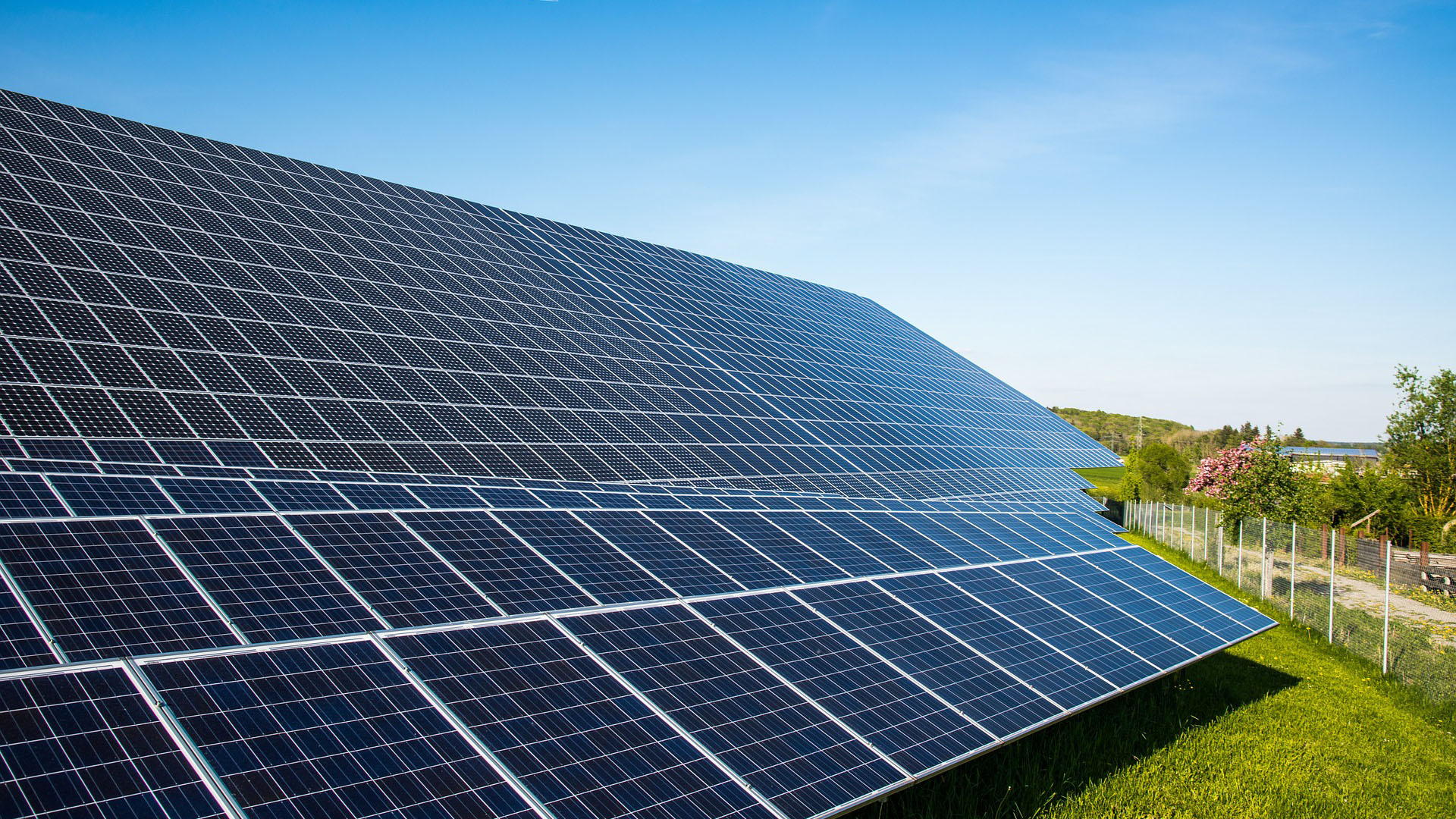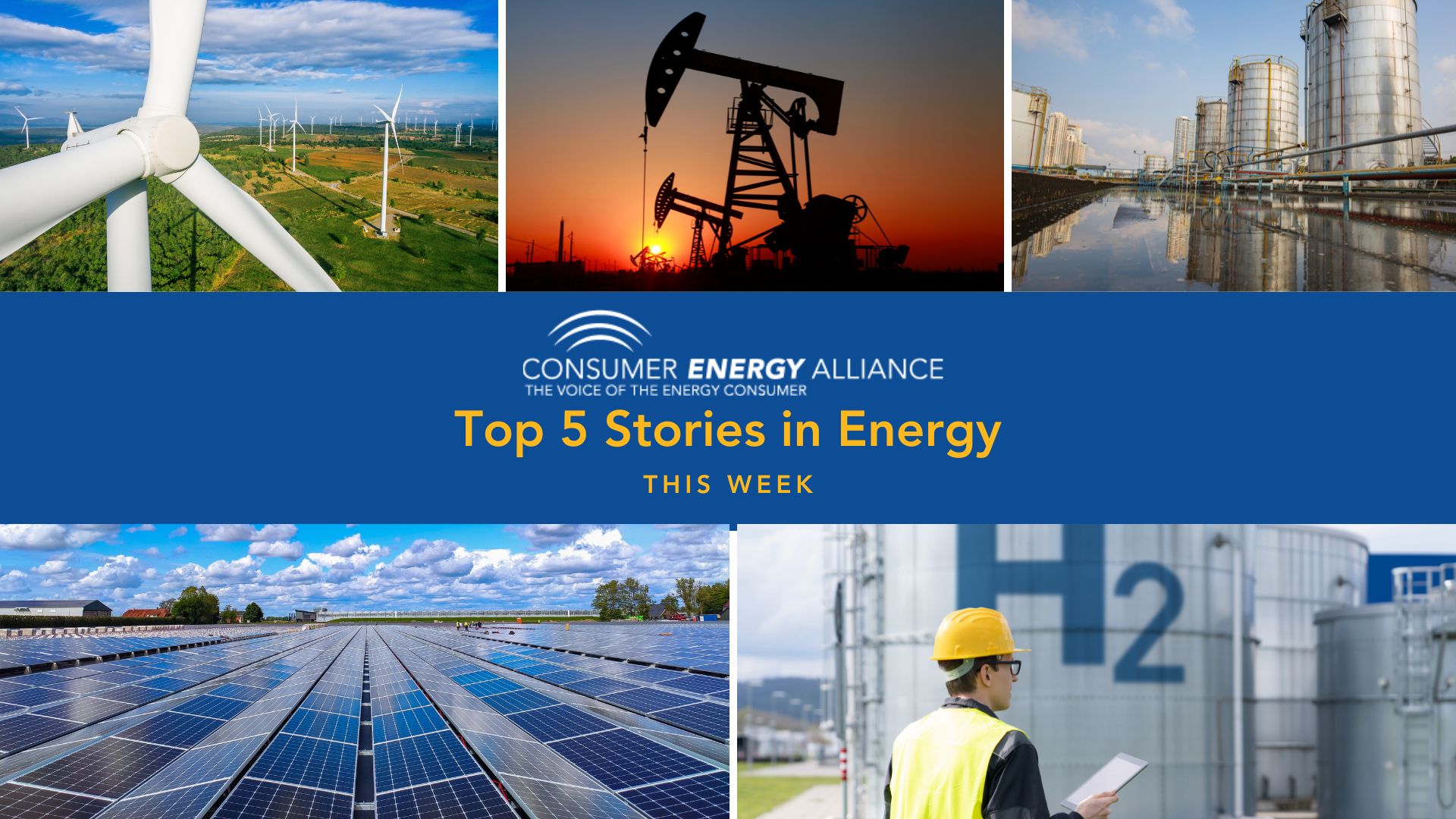Oil prices continued to rise this week following the decision by OPEC+ to continue their previously planned output increases rather than increasing it further – leading oil to rise four percent in a week to its highest in almost seven years.
Energy expert Chris Ventura of Consumer Energy Alliance shared ways you can conserve gasoline by planning more direct routes to your destination and carpooling with neighbors.
The U.S. Energy Information Administration this week projected that world energy use will increase by 50 percent in the next 30 years, with petroleum and other liquid fuels remaining the largest source of energy and renewable sources growing to the same level.
Check out more of our favorites stories from this week below!
Examining the ‘world first’ recyclable wind turbine blades
Renewable energy firm Siemens Gamesa revealed that six 81-meter long ‘RecyclableBlades’ had been produced at its factory in Aalborg, Denmark – a development named a world-first. Utility Week breaks down how the blades are made from materials cast together with a new type of resin whose “chemical composition makes it possible to efficiently separate reusable components at the end of the blade’s working life.”
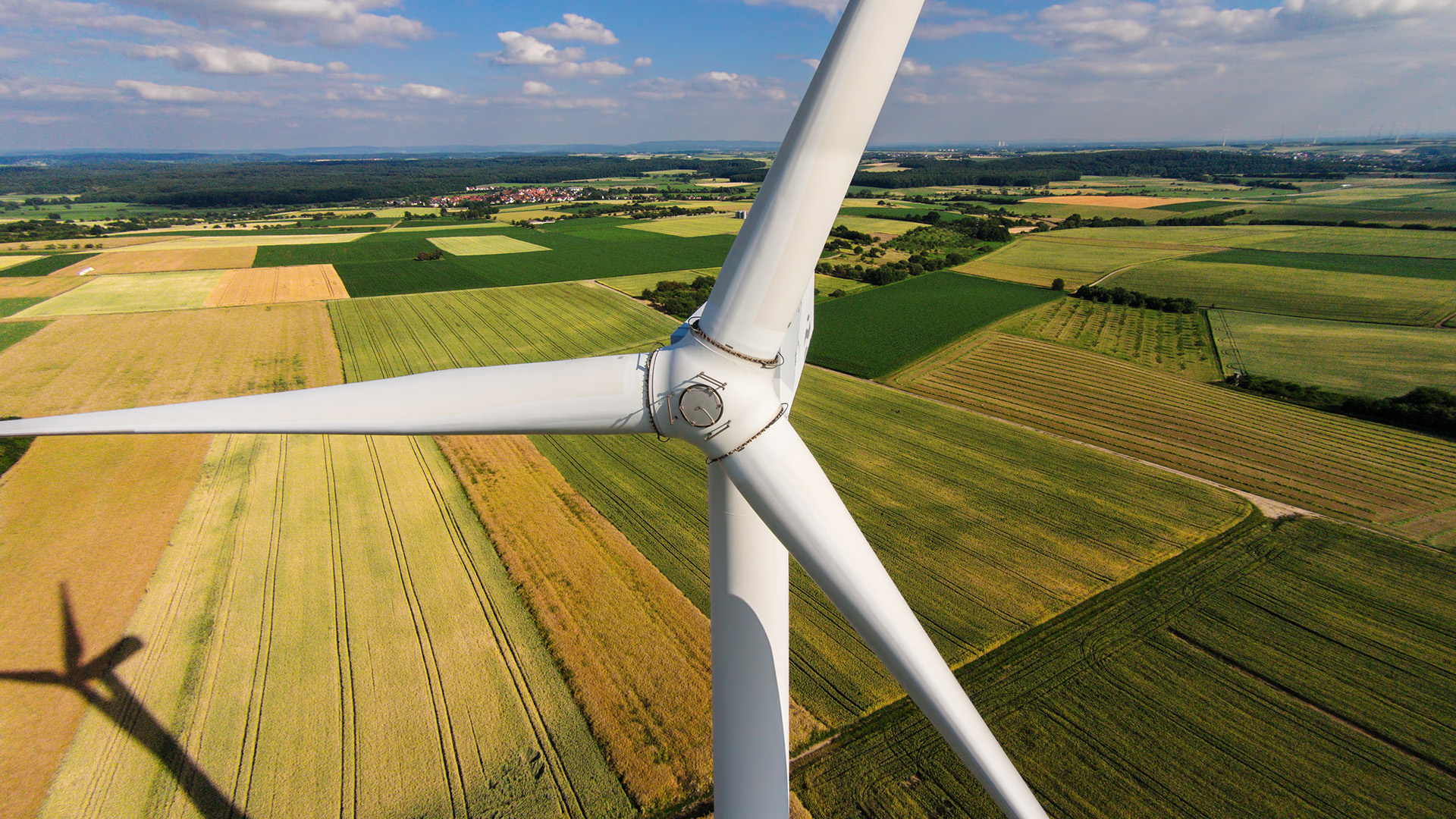
New Mexico governor thanks oil and gas, cheers hydrogen plan
New Mexico’s Governor Michelle Lujan Grisham announced she is seeking legislation to help jump-start hydrogen production from natural gas in her state. ABC News reports on how the governor will kick-start the hydrogen fuel industry in New Mexico with legislation in February.
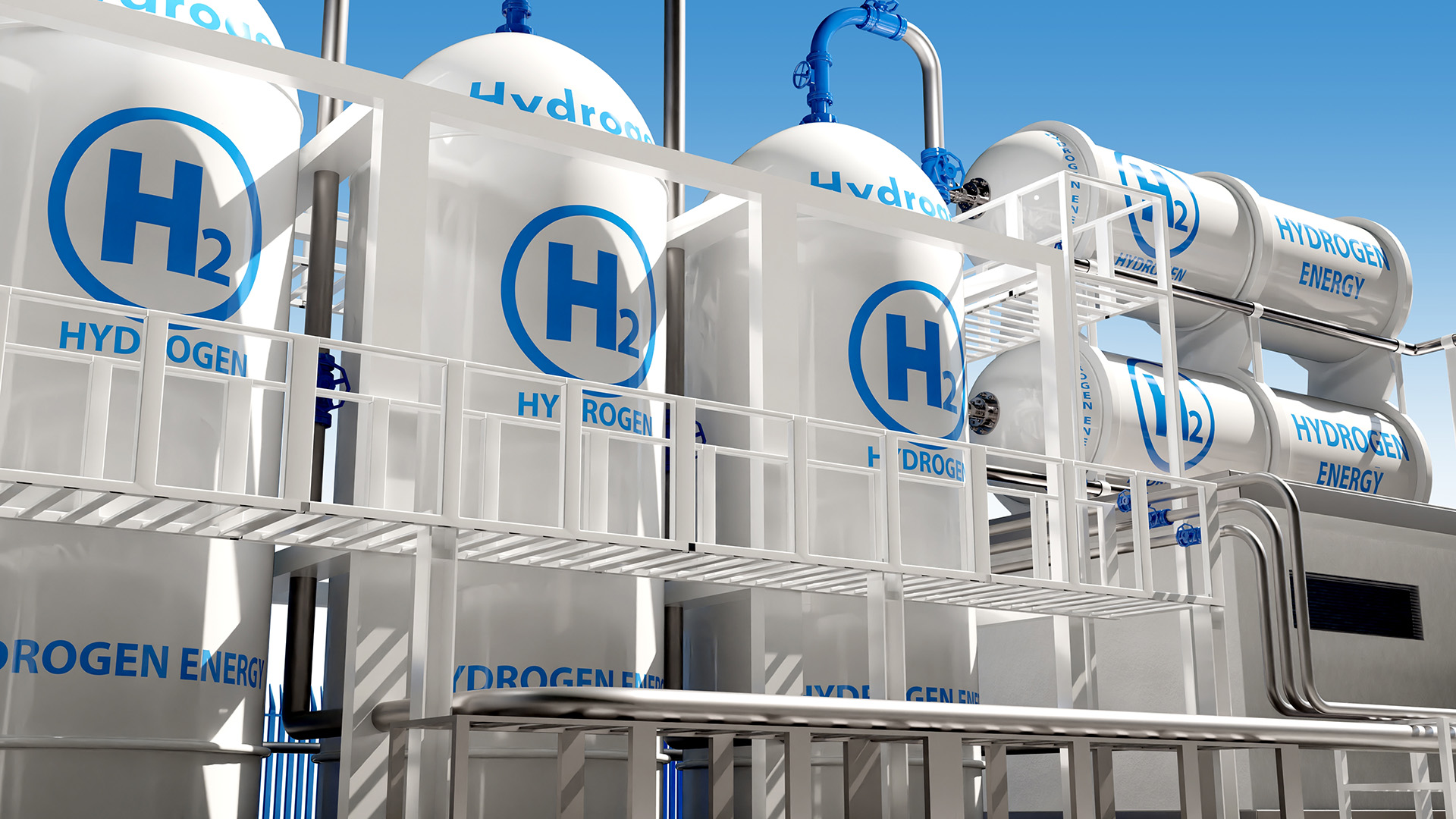
World’s longest under-sea electricity cable begins operations
A 450-mile subsea cable which connects the U.K. and Norway, enabling them to share renewable energy, has started operations. CNBC reports on why the idea behind the project is for it to harness Norway’s hydropower and the U.K’s wind energy resources.
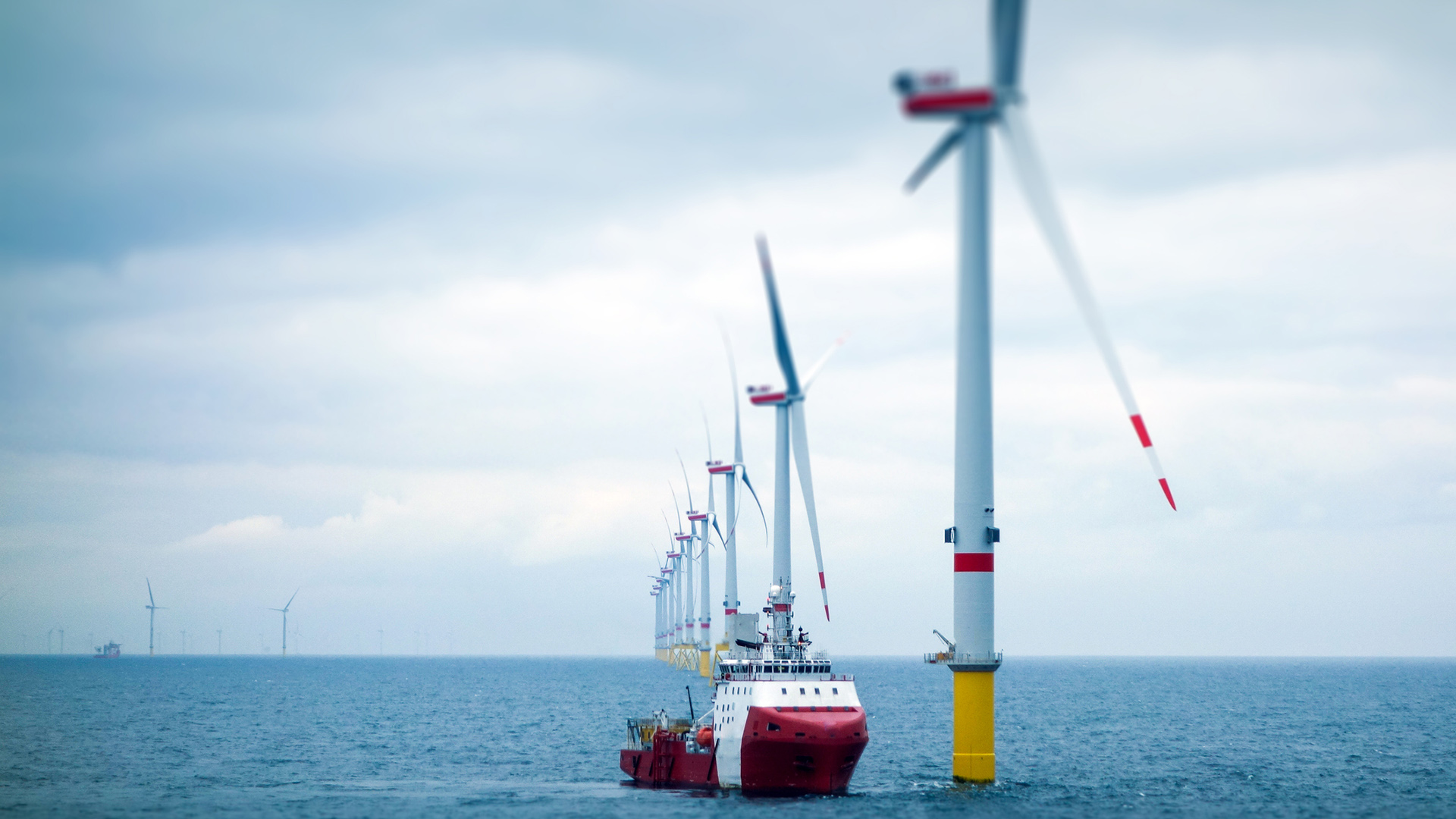
DOE Invests $45 Million to Lower Carbon Emissions Using Carbon Capture and Storage
The U.S. Department of Energy (DOE) announced $45 million in funding for 12 projects to advance point-source carbon capture and storage technologies that can capture at least 95% of carbon dioxide (CO2) emissions. Energy.gov details how this is an effort to look at innovative solutions for front-end engineering design and engineering-scale projects to help lower emissions.

Solar parks help to cool surrounding land
Scientists, from Lancaster University, Ludong University in China, and the University of California Davis are looking at two large-scale solar parks located in arid locations to see if large solar areas can help to cool the land around them as well. TechXplore examines down how the researchers used land surface temperature data derived from satellite images to compare the temperatures around solar parks before and after the solar parks were constructed.
